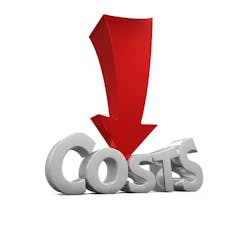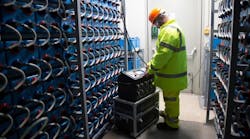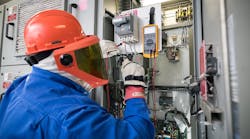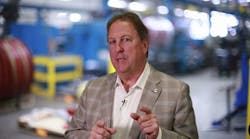It makes perfect sense to reduce maintenance costs. But in the corporate executive suites, this often translates into such brilliant strategies as, after much intense calculation, mandating a 10% cut in staff (never mind that such a cut would work out to 1.4 people in Department X).
Then there are the executives who are actually smart. You know those folks — the ones who visit the factory floor and see what’s really going on. The ones who have timed an emergency repair, noting it took far longer than a similar scheduled repair they observed earlier. And they also calculated the lost output and delivery interruptions.
Those “actually smart” executives reduce maintenance costs by targeting emergency repairs. They ask questions like, “Why wasn’t this on the infrared inspection program?” These executives typically work in corporations where the maintenance departments provide regular, concise reports of problems identified and solved along with some highlights of what made that possible and how much it saved the company.
Rather than think of “maintenance costs” as what you cut from PM and PdM work, think of how you save money by solving the causes of going into the high-cost emergency repair mode.





